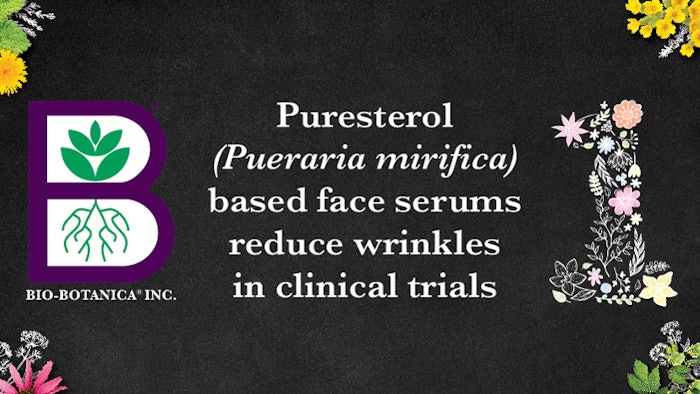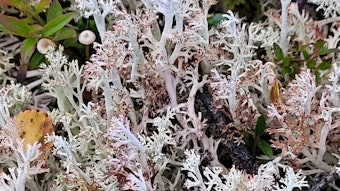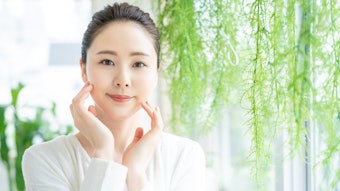
Bio-Botanica, Inc.® the one American company that has manufactured botanical extracts under one family for more than 50 years, has revealed the results of clinical trials indicating its proprietary botanical extract ingredient, Puresterol® (Pueraria mirifica), showed positive effects on the reduction of wrinkles when used in a face serum.
Pueraria mirifica grows only in the rich soils of the high-altitude rainforests of Thailand and has been used by the Thais for a millennium as a rejuvenator and revitalizer to help offset some of the effects of aging. Puresterol®, developed by Bio-Botanica, is the only patented, specially processed and highly active compound of Pueraria mirifica available in the market today (US Patent # 7,658,955, 2023).
A third-party contract research organization (CRO) conducted clinical trials of Puresterol® in two different serum formulations under sponsorship by Bio-Botanica. In each trial, 21 subjects in different groups applied a serum in the morning and night for 28 days. The CRO used a state-of-the-art 3D structured-light scanner and software to precisely measure the area, length and depth of crow’s feet and forehead wrinkles at day 0 and day 28. In addition, subjects were asked to evaluate their assessment of their treatment.
The first placebo-controlled trial indicated Puresterol® in a serum had a statistically significant greater reduction of the depth of crow’s feet wrinkles when compared to placebo (p<0.05). The Puresterol® containing serum reduced the area of crow’s feet wrinkles (p<0.01), the length of Crow’s feet wrinkles (p<0.01) and the depth of forehead wrinkles (p<0.01) from day 0 to day 28 in a statistically significant manner1. A follow up study with a different amount of Puresterol® in a serum indicated similar results with a statistically significant reduction in area of crow’s feet wrinkles (p<0.05), length of crow’s feet wrinkles (p<0.0001) and area of forehead wrinkles (p<0.05) from day 0 to day 282. Additionally, over 80% of subjects in each of the Puresterol® groups indicated that at day 28, the Puresterol® based serum left the contours of their face appearing smoother. These results support a previous in vitro trial sponsored by Bio-Botanica®, which found varied concentrations of Puresterol® inhibited collagenase activity accordingly3. Collagenase is an enzyme known to break down collagen and elastin and possibly lead to wrinkle formation4.
Puresterol® represents one of the many examples of Bio-Botanica’s commitment to science and innovation in botanical based extracts since its founding in 1972 by Frank D’Amelio Senior. Unfortunately, this scientific research was one of the last pieces that Senior (as he was affectionately known), worked on prior to his untimely passing in 2021. Chief marketing officer, Dean D'Amelio, stated, “My Father was proud of the work he did to develop botanical extracts based on traditional and modern scientific techniques. I’m glad we’re able to share these results with the knowledge that customers will use Puresterol® to make great products that will help people around the world.”
These studies support the use of Puresterol® as a cosmetic. Bio-Botanica also offers Puresterol® to companies for use in dietary, beauty from within, food and beverage consumer packaged goods. To learn more about Puresterol® or Bio-Botanica, visit www.bio-botanica.com.
- Ballester, J. C., 2020. Clinical Antiwrinkles Assessment of Face Serum MF-001-081 During 28 Days in 42 Volunteers, Valencia, Spain: Bionos Biotech, S.L. [Data on file at Bio-Botanica, Inc.].
- Gimeno, A. S., 2021. Clinical Antiwrinkles Assessment of "Face Serum" w/ NE Puresterol RD7745, Valencia, Spain: Bionos Biotech, S.L. [Data on file at Bio-Botanica, Inc.].
- Geetha, K. G., 2007. Report on In Vitro Anti Collagenase Activity for Puresterol, Bangalore, India: Sami Labs Ltd. [Data on file at Bio-Botanica, Inc.].
- Jenkins, G., 2002. Molecular Mechanisms of Ageing and Development. The Biology of Ageing, pp. 801-810.
Disclaimer:
The above paid-for content was produced by and posted on behalf of the Sponsor. Content provided is generated solely by the Sponsor or its affiliates, and it is the Sponsor’s responsibility for the accuracy, completeness and validity of all information included. Cosmetics & Toiletries takes steps to ensure that you will not confuse sponsored content with content produced by Cosmetics & Toiletries and governed by its editorial policy.










